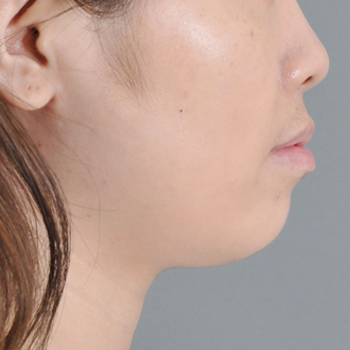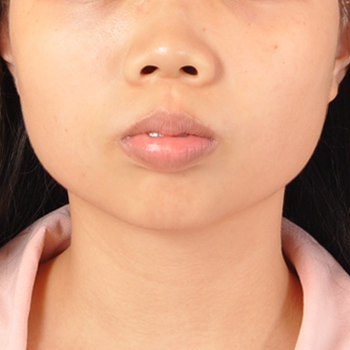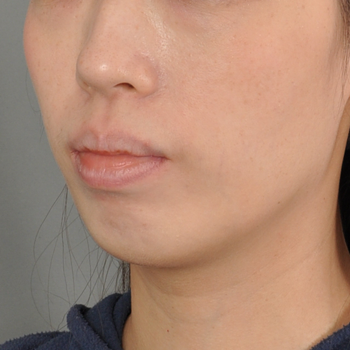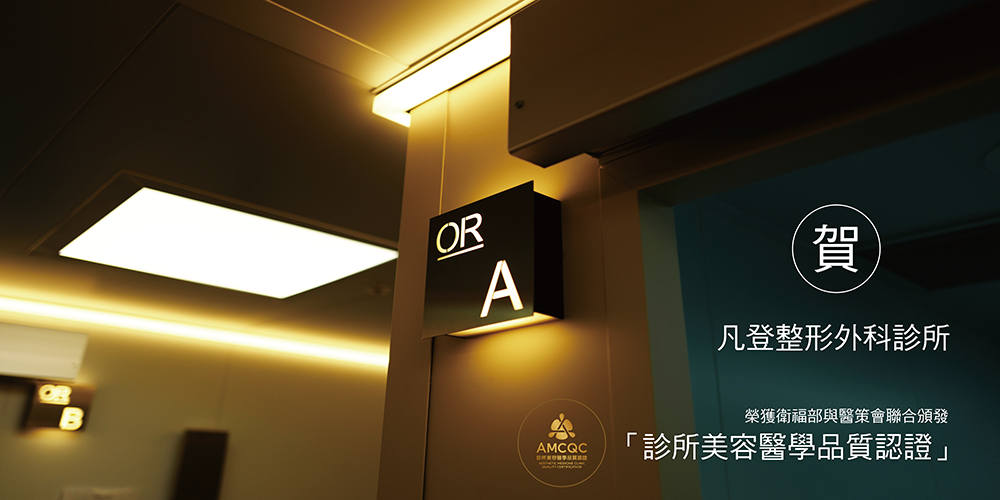Chin Surgery

An anesthetically attractive chin requires three elements: proportion, shape, and facial symmetry.
Proportion refers to the length and projection of the chin.
Shape refers to the curve of the lower jawline.
There is no set standards for the proportion and shape of the chin. The same chin may look longer in some and suitable for some. Therefore, facial symmetry is the key to chin surgeries as a well-proportioned chin subtly enhance and define the overall balance of the face.
Chin augmentation can be accomplished with three techniques:injectable fillers, alloplastic chin implant, and sliding genioplasty(osseous genioplasty)
Common Facial Shapes Can Be Improved By Chin Surgeries
Method Comparison For Chin Surgery
Injectable fillers
Alloplastic chin implant
Sliding genioplasty
Wound
Needle size (minimal)
Intraoral
Intraoral
Recovery time
1 - 2 days
3 - 5 days
1 - 2 weeks
Horizontal extension
Yes
Yes
Yes
Vertical extension
None
Limited
Yes
Natural level
Least natural
More natural than fillers
Most natural
Procedure cost
Low
Higher
Higher
Chin implant is a relatively short and simple procedure among chin surgeries. The challenges in chin implant surgeries include rare incidence of infection, implant malposition or displacement, and bone erosion. Silicone is the most frequently used material for implants and is available in a range of of shapes and sizes (3mm, 5mm, 7mm, 9mm). Furthermore, “Chimera” implant, a new type of Gor-tex coated silicone implant has been a popular option because the material is able to adhere firmly to the human tissue with reduced chance of infection.
On the other hand, osseous genioplasty (sliding genioplasty) allows the surgeon not only to address the length of the chin, but also to reposition the chin to an ideal orientation. Patients with asymmetric chin can especially benefit from the procedure. Due to the technically demanding nature of sliding genioplasty, seeking a skilled board-certified plastic surgeon with a fully equipped surgical environment is the key to a successful sliding genioplasty.
Techniques For Chin Surgeries

Flat chin with less defined profile
For those who have a flat chin, chin implant or sliding genioplasty can be considered. Both procedures are able to lengthen the chin and enhance facial contour.

Short chin with square jaw
For those who have a short chin with a square jaw, sliding genioplasty is recommended. Instead of adding vertical height to the chin, it is important to extend the chin horizontally to lengthen the facial contour and to address the squire jaw simultaneously.

Receding or weak chin
For those who have a receding or a weak chin, orthognathic surgery is recommended as teeth alignment and short chin should be both taken into consideration. Patients are often unaware of symptoms such as snoring and apnea due to the lack of defined neck and chin contour.
Before and After






